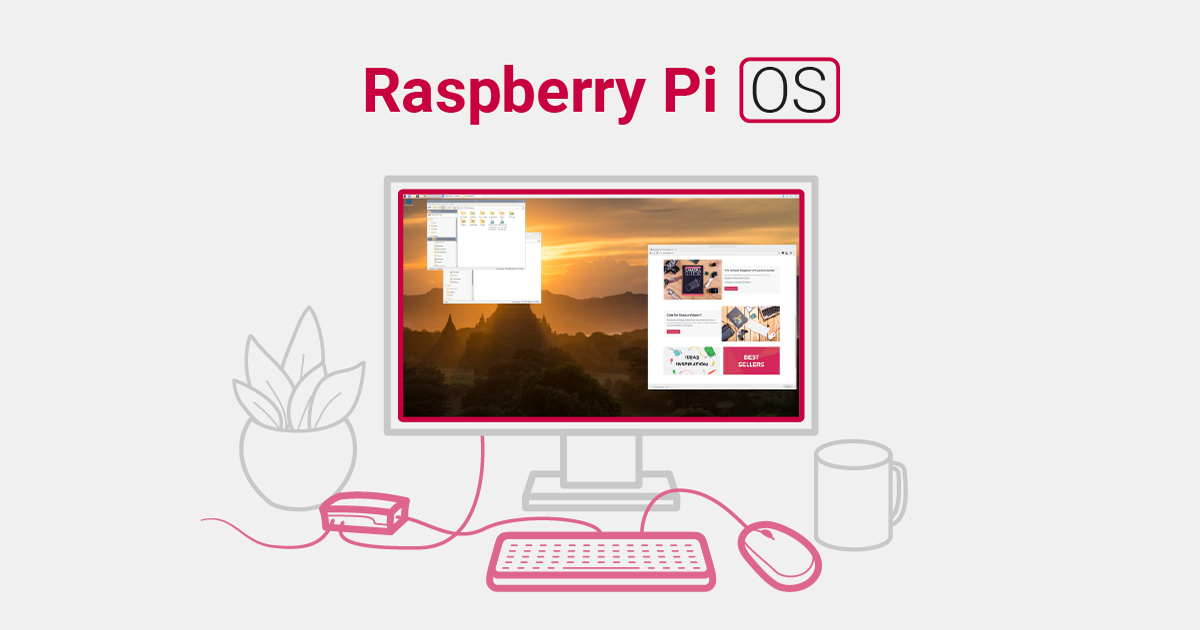- Joined
- Oct 3, 2015
- Messages
- 228
- Reaction score
- 44
ok thanksYou do need a router to access the Raspberry Pi, you can plug directly into it or use wifi. Your router will assign an IP address to your Pi, you type this in your web browser and reef-pi will load. If you want to access reef-pi outside your local network you need to port forward the Pi and how to do that really depends on your router, if you can find a user manual it should explain how to do this.
I just setup a light and the new profiles appear, maybe when you edit a previous profile they don't show, try removing it and adding back.

I'm thinking of using a pi zero w or the pi4




















